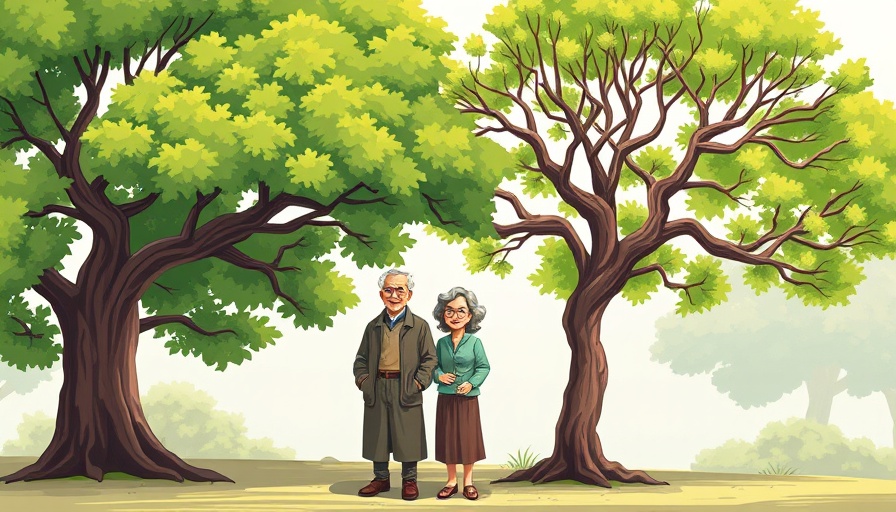
Understanding the Longevity Gap: A Closer Look
The phenomenon of women outliving men is not merely a statistic; it is a persistent reality that holds across diverse cultures and demographics. In the United States, for instance, the average life expectancy is about 80 years for women compared to around 75 for men, a trend that is echoed globally and even in the animal kingdom. According to Dr. Dena Dubal, a neurologist at the University of California, San Francisco, this disparity remains consistent through various crises including famines and epidemics, highlighting a deep-rooted biological or behavioral divergence.
Breaking Down the Biological Differences
While the broad strokes of this longevity gap are well established, the underlying causes remain complex. Research indicates that women, despite their longer lifespan, often have shorter health spans, which refers to the number of years they live free from serious illness or disability. Bérénice Benayoun, a gerontology professor, points out that women experience greater frailty in older age and increased susceptibility to conditions such as cardiovascular diseases and Alzheimer’s after menopause. This biomechanical reality necessitates a deeper investigation into how gender influences aging.
Behavioral Factors at Play
A significant contributor to the longevity gap can be traced back to behavioral patterns more common among men. Research published by Harvard T.H. Chan School of Public Health illuminates how men have a higher incidence of preventable deaths, in part due to lifestyle choices, including smoking and poor engagement with health services. For instance, cardiovascular disease risk is reportedly 80% higher among men. This alarming statistic underscores the value of targeted health interventions, yet only if men are willing to change their behaviors.
Exploring the Societal Impacts
The implications of the gender longevity gap are substantial—not only for individual health care planning but also for public health policy. More than just providing care, officials will need to develop programs that address the root causes of health disparities. This includes leveraging education to promote healthier lifestyle choices among men and bolster preventive health measures, such as regular check-ups which men frequently avoid.
Lifespan vs. Healthspan: The Inequality Within
An essential aspect of longevity is distinguishing between lifespan (the total years lived) and healthspan (the years lived in good health). Despite living longer, many women face a decline into chronic illness, reflecting a disparity that calls for further study. As Dr. Dubal suggests, understanding what makes one gender more resilient while the other more vulnerable can pave the way for therapeutic advancements that enhance health for both genders.
The Road Ahead: Future Predictions and Trends
Looking to the future, it is crucial that researchers continue to explore the biological and environmental factors behind this longevity gap. There is potential for innovations in healthcare to emerge from this exploration, possibly leading to treatments that challenge the status quo of aging. As society becomes increasingly aware of these disparities, it could foster movements that advocate for gender-sensitive health policies designed to extend not just lifespan but healthspan too.
Taking Action: The Importance of Awareness
In light of these findings, it’s pivotal for both genders to be informed about the implications of longevity gaps. Preventive health measures should be encouraged, and healthcare providers must engage in conversations that challenge traditional health narratives surrounding gender. For men, this might mean fostering habits that promote better health and seeking medical advice more proactively, while for women, it may involve understanding the unique health challenges they face as they age.
As we delve deeper into the reasons behind the longevity gap, collaborative efforts in research and public health education can help us bridge the health spans of both genders. The focus should not merely be on how long we live but also on how well we live, cultivating an accessible path towards a healthier future for everyone.
 Add Row
Add Row  Add
Add 


Write A Comment